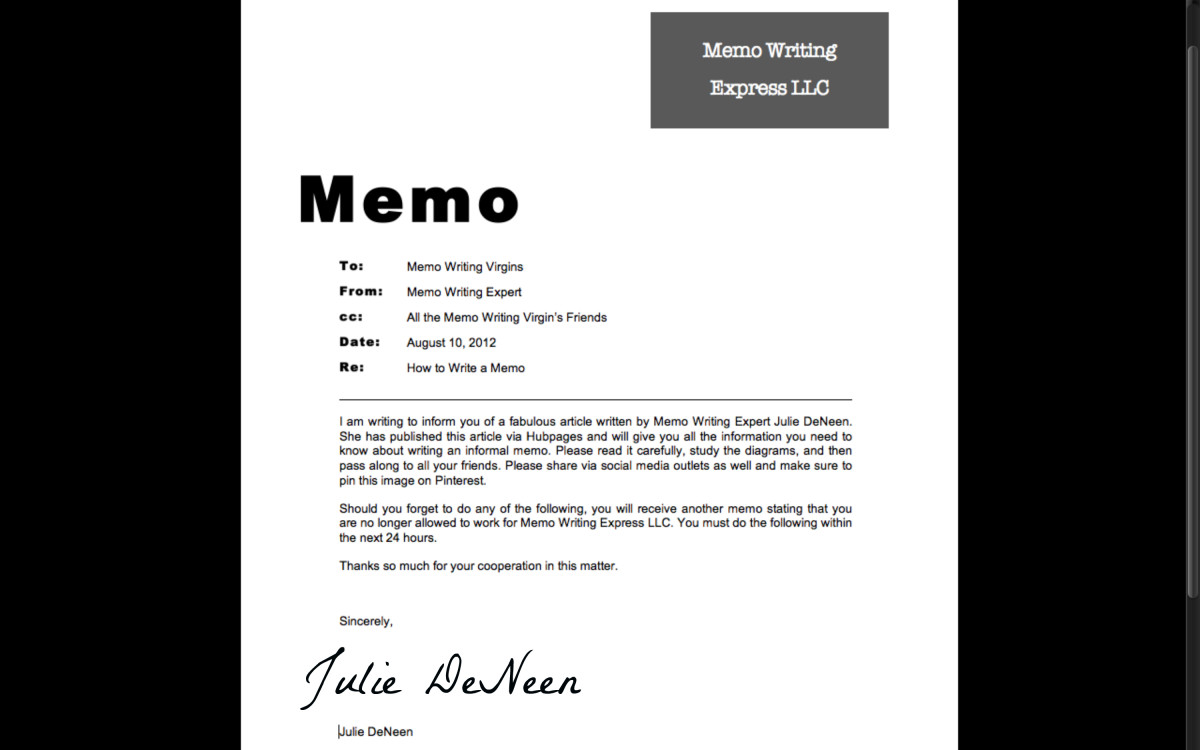The Writer's Mailbag: Installment 245
Don’t Sweat the Small Stuff
That’s what a mentor once told me: “Bill, don’t sweat the small stuff, and it’s all small stuff.”
Now you may disagree with that statement, but for me it holds great truth. For me it’s all small stuff compared to the only thing that really matters . . . love! I can sweat deadlines, and I can sweat an aging computer or an aging body, but at the end of the day, after the tally is taken, the only thing that really matters is did I love and was I loved. If I loved, and if I was loved, then it was one hell of a successful day in the Big Ledger!
Just one man’s opinion. I’m glad I lived long enough to gain some semblance of wisdom.
This is a small Mailbag today, so let’s get it done and then move on to more pressing matters.

To Prologue or Not to Prologue
From Linda: “To prologue or not to prologue? That is the question. Bill, talk to us about the prologue. Dickens wrote the perfect one, and Stephen King pulls it off well. I know what it should NOT be. It isn’t an information dump filled with trivia you somehow couldn’t work into the remainder of the novel. It shouldn’t be “skippable.” The prologue needs to be the opening statement by the defense attorney, the overture to the symphony. Are you a believer? Have you written one? Would you?”
Linda, I am a believer, and I think I’ve written a prologue for each one of my novels other than the first one. For those who are not quite clear on the purpose of a prologue, let me borrow a definition from “Literary Devices”
Generally speaking, the main function of a prologue tells some earlier story, and connects it to the main story. Similarly, it serves as a means to introduce characters of a story, and sheds light on their roles. In its modern sense, a prologue acts as a separate entity, and is not considered part of the current story that a writer ventures to tell.
And now, for an example, allow me to share my prologue from my second novel, “Resurrecting Tobias.”
I once witnessed a stoning. I was in Iran covering a political story and had just left the Shah’s palace. On my way to the hotel, I noticed a crowd forming in the public square. A woman, dressed in traditional Islamic hijab, was buried to her shoulders, and ten men stood about twenty feet away throwing stones at her. The stones were about the size of a football, or maybe slightly smaller, all with sharp edges. The woman had several cuts on her face by the time I arrived, and the pain was obvious, but she did not cry out. Stone after stone hit her head, and the cuts increased, and as time passed, her skull appeared, and then brain-matter, and her blood flowed down to the dust, turning it red under the scorching sun.
Only an army could have saved her, certainly not a lone outsider to that country and culture, who would only have become a second victim. Any attempt to do so, by me, would have been suicide.
Hundreds watched the spectacle as though it were entertainment, many nibbling on fruits, some drinking from tiny porcelain cups, sustaining their bodies with fluids as the young woman’s fluids mixed with the dirt and her life ebbed.
That shit will stay with you once you see it. That shit will alter the course of your life and put you on a path you never envisioned when you were a youngster playing Kick the Can. It did for me, and my writings today reflect those moments when mankind’s brutality overshadows all advancements made in the past two hundred thousand years.
I am a poet trapped in a prose-writer’s body. I am the long-haired, unwashed, higher-than-a-seagull bong-tokin’ coffee shop muse, staring out over the audience, bongos playing in the background, as I read my latest series of beatnik-inspired tripe.
I am a windmill-tilting, self-righteous sonofabitch, perched precariously on a soapbox hoping the wind does not topple me, and I am the pimple on your ass that no salve can make better.
And then Chapter One begins shortly after that! The prologue has basically set the tone for what is to come . . . we now know a little about Tobias . . . we know how he thinks . . . the mood has been set . . . and then we dive into the story itself.
I hope that answers your question, Linda!

OUTLINING
From Betty: “Bill, I’ve heard you say in the past that you don’t do outlines when you are writing a novel. I was taught, many years ago, that outlines are almost mandatory when writing a book. I’m wondering how you manage to write a full-length novel without the tedious business of creating an outline first?”
I think, Betty, your question calls for some clarification. I don’t do a formal outline on a piece of paper, but there is an outline in my head. That’s just the way I rock n roll. Most times I see the story in my brain before I start writing, or I at least have a general idea of the storyline before I begin. Call it a virtual outline, if you will, or an e-outline instead of a hard copy. The one thing I often don’t know when I start a novel is how it is going to end. I usually trust my muse to figure that out as I write the novel.
Having said all that, I do write out character biographies before I start, and as I go I write out a timeline so I can keep track of events However, and my apologies to Sister Mary Elizabeth, my 4th Grade teacher, I do not do a formal outline. What can I tell you? It works for me!

Let Love Grow
Don’t sweat the small stuff!
Let love grow!
I’ll leave you today with the words of my musical muse, Dan Fogelberg:
“I'll bring fires in the winters
You'll send showers in the springs
We'll fly through the falls and summers
With love on our wings.
Through the years as the fire
Starts to mellow
Burning lines in the book of our lives
Though the binding cracks and the
Pages start to yellow
I'll be in love with you.”
My love to you all!
2019 William D. Holland (aka billybuc)
“Helping writers to spread their wings and fly.”








